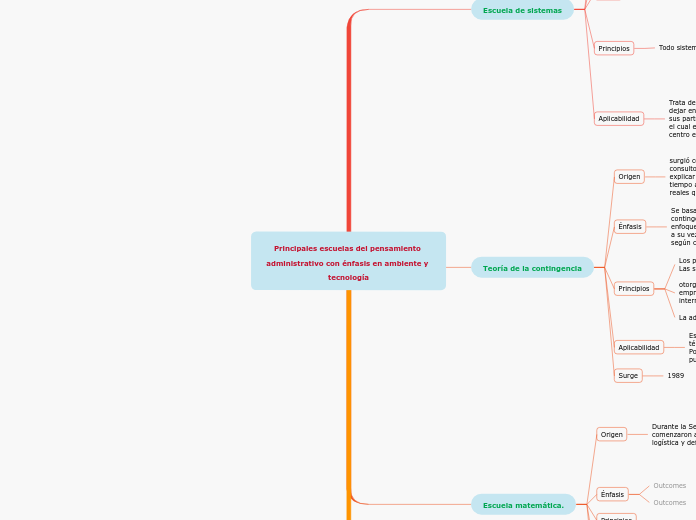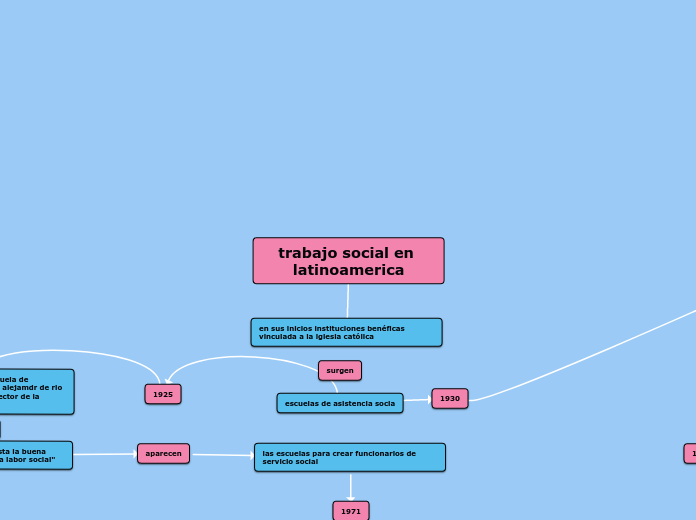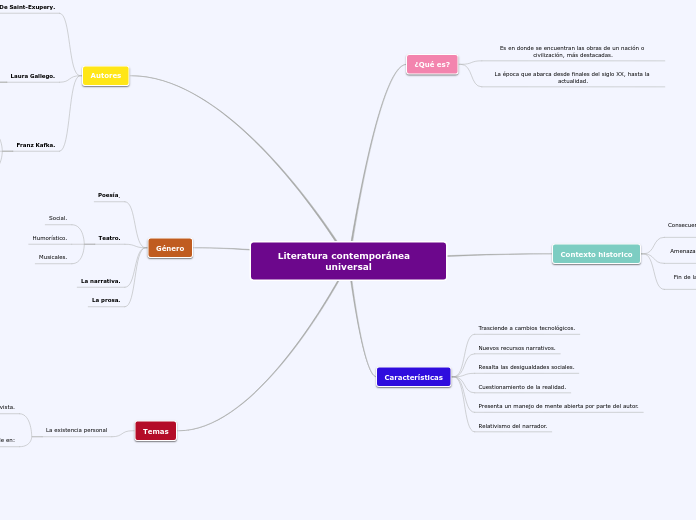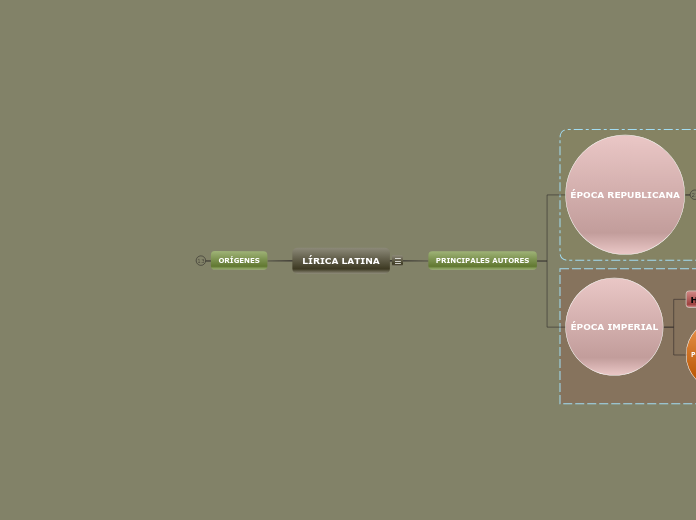Principales escuelas del pensamiento administrativo con énfasis en ambiente y tecnología
To name your story, you have to think about the overall message and what you want your audience to understand from the story. Also, make it relevant and easy to remember.
Topic principal
Escuela matemática.
The ending of a story is essential. We all know that if the ending is weak, what happened before loses its importance. So make it unpredictable, but fair. A resolved ending answers all the questions and ties up any loose threads from the plot.
segunda guerra mundial 1945
La escuela matemática se caracteriza por las aplicaciones cuantitativas a las operaciones empresariales. Mediante el análisis matemático de situaciones reales, o también mediante la elaboración de modelos, se puede tener bases confiables aplicaciones practicas equipararse con realidades operativas, con el fin de que su estudio pueda tener aplicaciones prácticas.
This is the closure section of the story.
See examples of possible outcomes below:
- all problems have been solved
- it's clear how each one of your characters ends up
- your main character is transformed by the challenge
Outcomes
Try answering these questions to come up with a closure:
- Have all the problems been solved?
- Is there a clear picture of what happens with each character in the story?
- Has the challenge transformed your main character?
- How do the characters feel in the end?
This is the moment when the main character surpasses the last obstacle and finally faces their greatest challenge.
The climax usually follows one of these patterns:
- realization
- resolution
- choice
Type in your answer.
Durante la Segunda Guerra Mundial, los estrategas militares comenzaron a aplicar técnicas matemáticas a problemas de logística y defensa
Kenneth Boulding
West Churchman
Leonar Arnoff
Igor H Ansoff
Hebert A Simón
Teoría de la contingencia
The middle of the story is where you add layers of complications that will lead to the end. Reveal more about the character's journey. Did their personality go through changes? How did they overcome the challenges? And as you build up the story’s central conflict, make it more personal to that character. Also, from the middle act, you have to lead into the final act.
1989
Esta teoría afirma que no se puede hablar en términos absolutos en las cuestiones administrativas. Por esa razón la aplicación de una misma técnica puede dar diferentes resultados en cada empresa
There wouldn't be any tension and excitement in your story if there weren't any obstacles in your character's way.
La administración se adapta a cada situación
otorgar una visión de la capacidad que tiene la empresa para adaptarse a factores externos e internos, integrando ambos de la mejor manera
Los principios que gobiernan una organización no son universales. Las situaciones del entorno las definirán
A story is nothing more than a character overcoming a series of difficulties to reach the desired goal. Obstacles usually create suspense and conflict. In overcoming obstacles, there is growth: weak becomes strong; hatred turns into love; sadness into happiness; wrong into right; lies into truth; or evil becomes good.
See a few examples below:
- stopping a meteor
- finding a killer
- finding love
Your character(s) need(s) motivation in order to solve the challenge(s).
Se basa en considerar las posibles condiciones o contingencias de la organización para trabajar el enfoque de las acciones administrativas asegurando a su vez que el diseño estructural sea el adecuado según cada caso o situación particular
Why does your character need to confront this challenge? What does he/she expect to accomplish by solving it?
See a few examples:
- will marry in 3 days
- can fix the mistakes of the past
Each story has a main character and that character usually needs to solve a problem or challenge. The character's challenge is the one that creates tension throughout the story.
surgió como consecuencia de que los investigadores, consultores, directivos y asesores trataron de explicar las teorías administrativas importantes de su tiempo a problemas, necesidades, o situaciones reales que vivían.
In most stories, there are 3 challenges. The number 3 is a mystical number symbolizing completeness. Try to come up with interesting challenges with which your character needs to struggle.
See a few examples below:
- turns into a werewolf at night
- is sent back in time
Fred fiedler
Joan Woodward
Heráclito antes de Cristo
Escuela de sistemas
In the beginning of the story (or the exposition), you will need to introduce the setting and characters. You might also want to introduce the main conflict. This part of the story is important because it gives the reader necessary background information and maybe even a first insight into a character’s personality.
Aplicabilidad
Trata de explicar la dinámica de las empresas y de dejar en claro que el todo es mayor que la suma de sus partes. Ponemos de ejemplo el cuerpo humano, el cual es dirigido por el cerebro y en la empresa el centro es los altos ejecutivos y la gerencia.
Principios
Todo sistema se compone de:
Medio ambiente: sistema abierto, sistema cerrado, semiabierto o semicerrado
retroalimentaciòn
transformadores, procesadores o throughput
Salidas, productos o outputs
entradas, insumos o inputs
Surge
The time of the story can also change. It can describe the event of a single day or can include an entire year's plot. Anyway, don't forget to mention it.
1950 y 1968
Énfasis
The setting (time & place) of a story can change throughout the plot.
El estudio de los sistemas se facilita cuando podemos representarlos. Un sistema como conjunto de partes ordenadas de tal manera que todas contribuyan a lograr un determinado fin.
Your story can take place wherever your imagination will take you to.
For example: in an elevator, in an enchanted forest, etc. Don't forget to give details of the environment each time the setting changes, otherwise, the story can be confusing. Also, mention the seasons as each of them has unique weather and events.
Origen
Characters are essential to a good story. Usually, the protagonist(s) is/are the most affected by the plot. Introduce a character by focusing on their actions, interests, and occupation, as the physical appearance doesn't make a difference in most cases.
Busca producir teorías y formulaciones conceptuales que pueda aplicarse en la realidad empírica
Type in the name of your character.
Principales autores
Which traits best describe the character's personality? Choose more if necessary:
introvertedloyalkindindependentquick-thinkingadventuresomeidealisticsweet-naturedcalmrisk-takercreativewittystrictfussyweirdclumsyharshaggressivecarelessclingingcowardlycrueldeceitfulimpulsiveOther
John Von Neumann
Vilfredo Pareto
Chester Barnard
Ludwing Von










